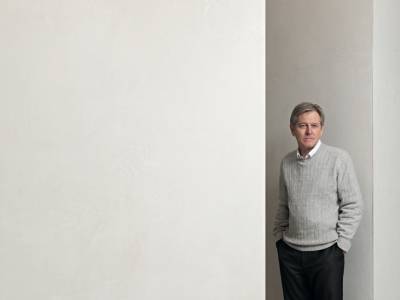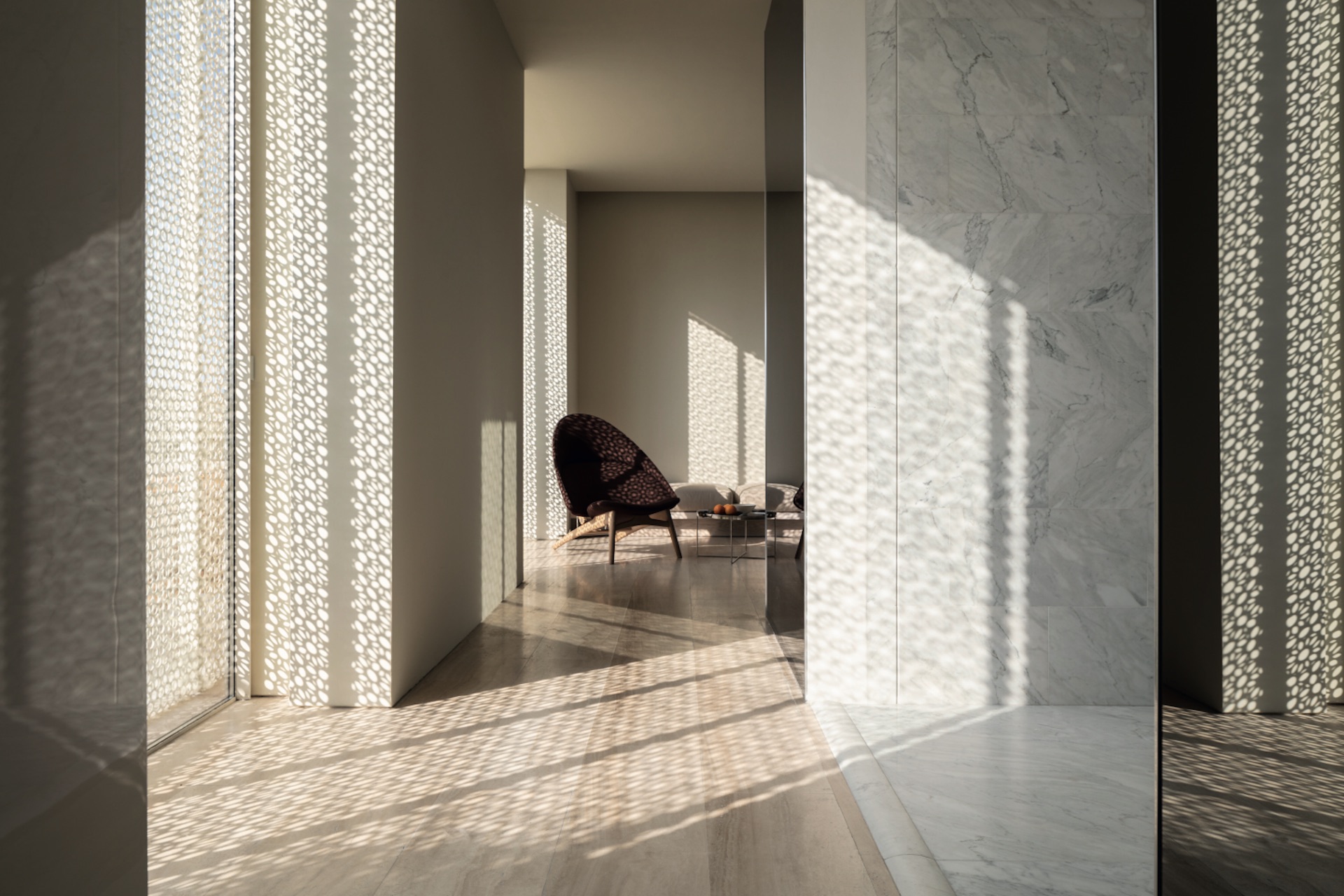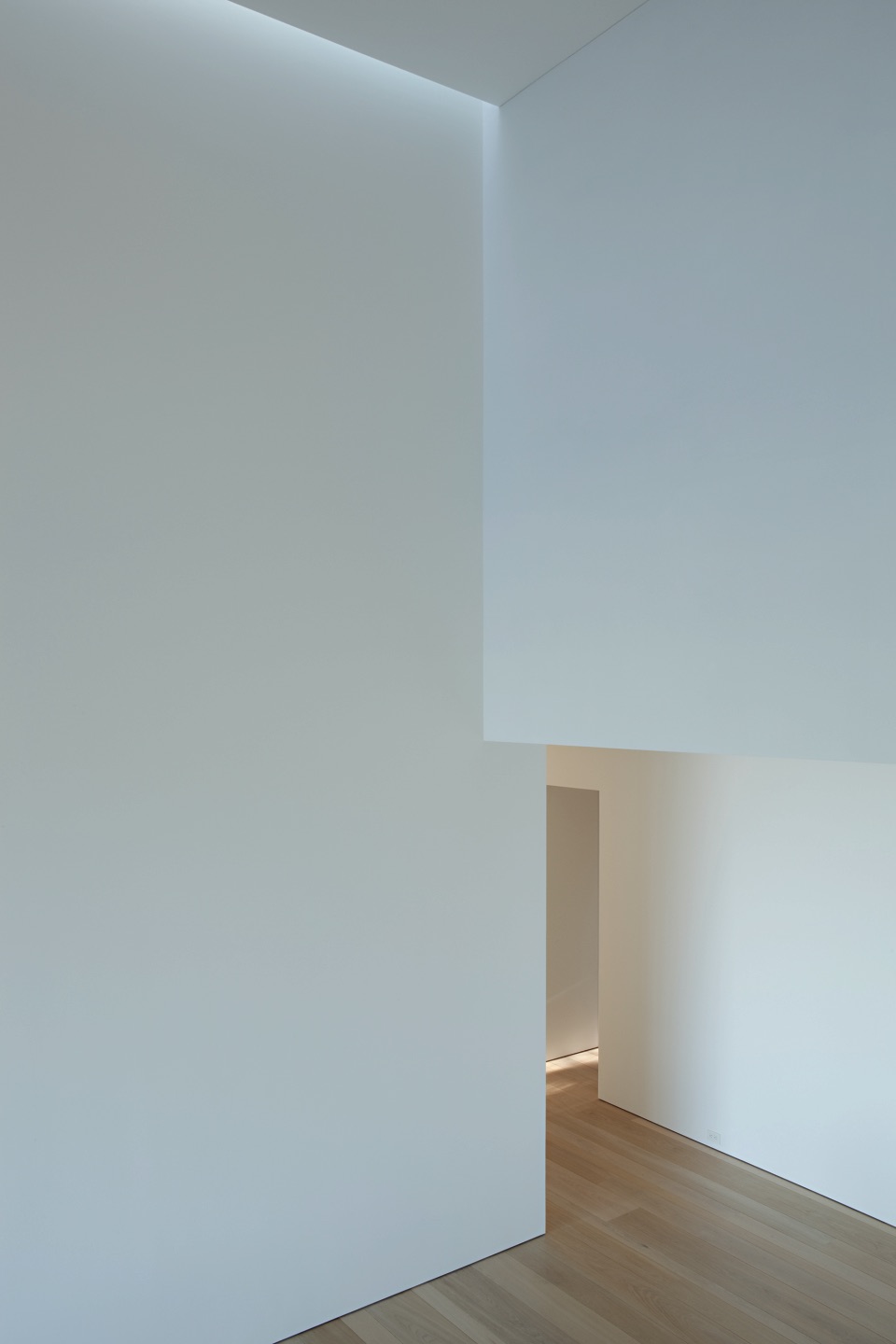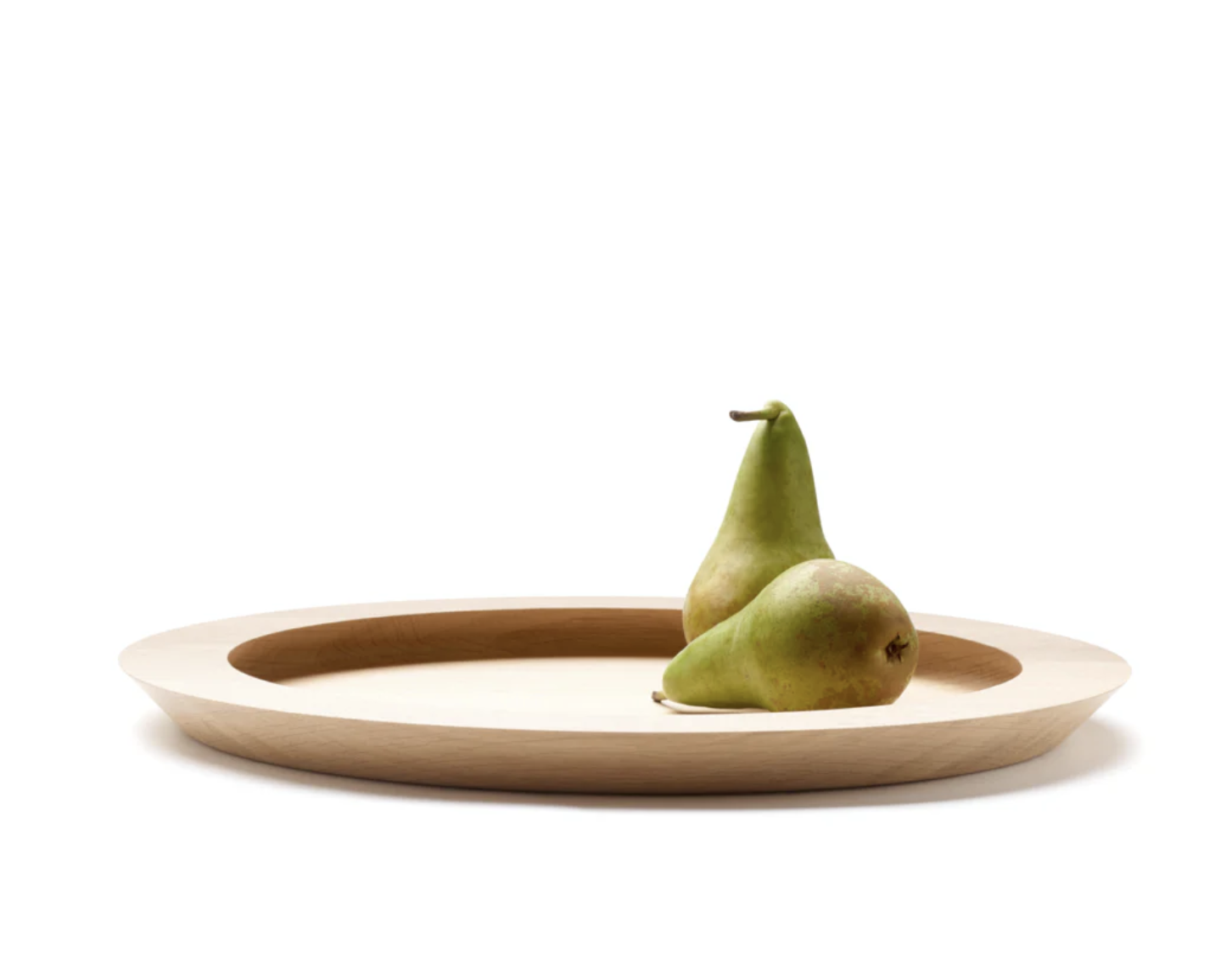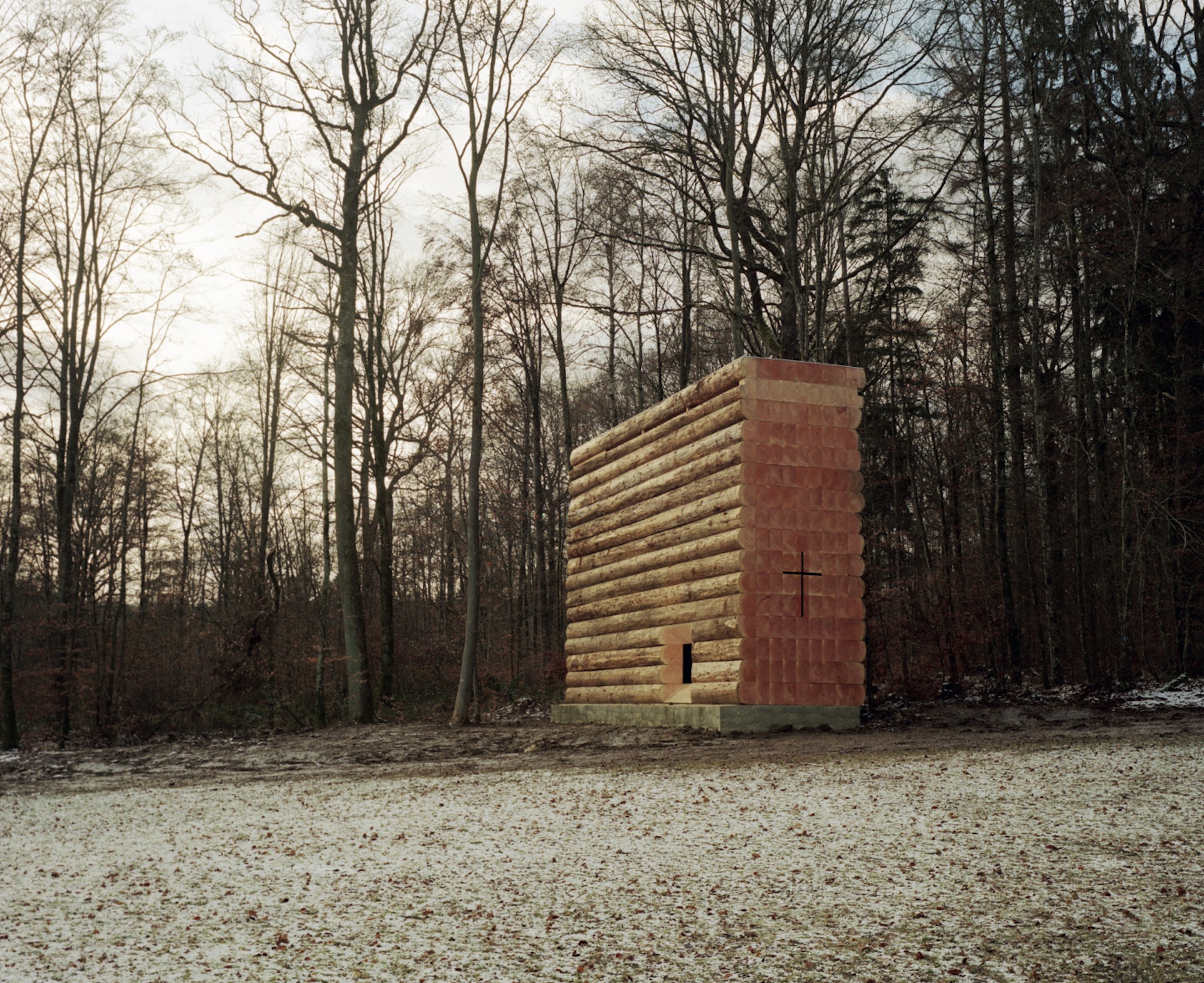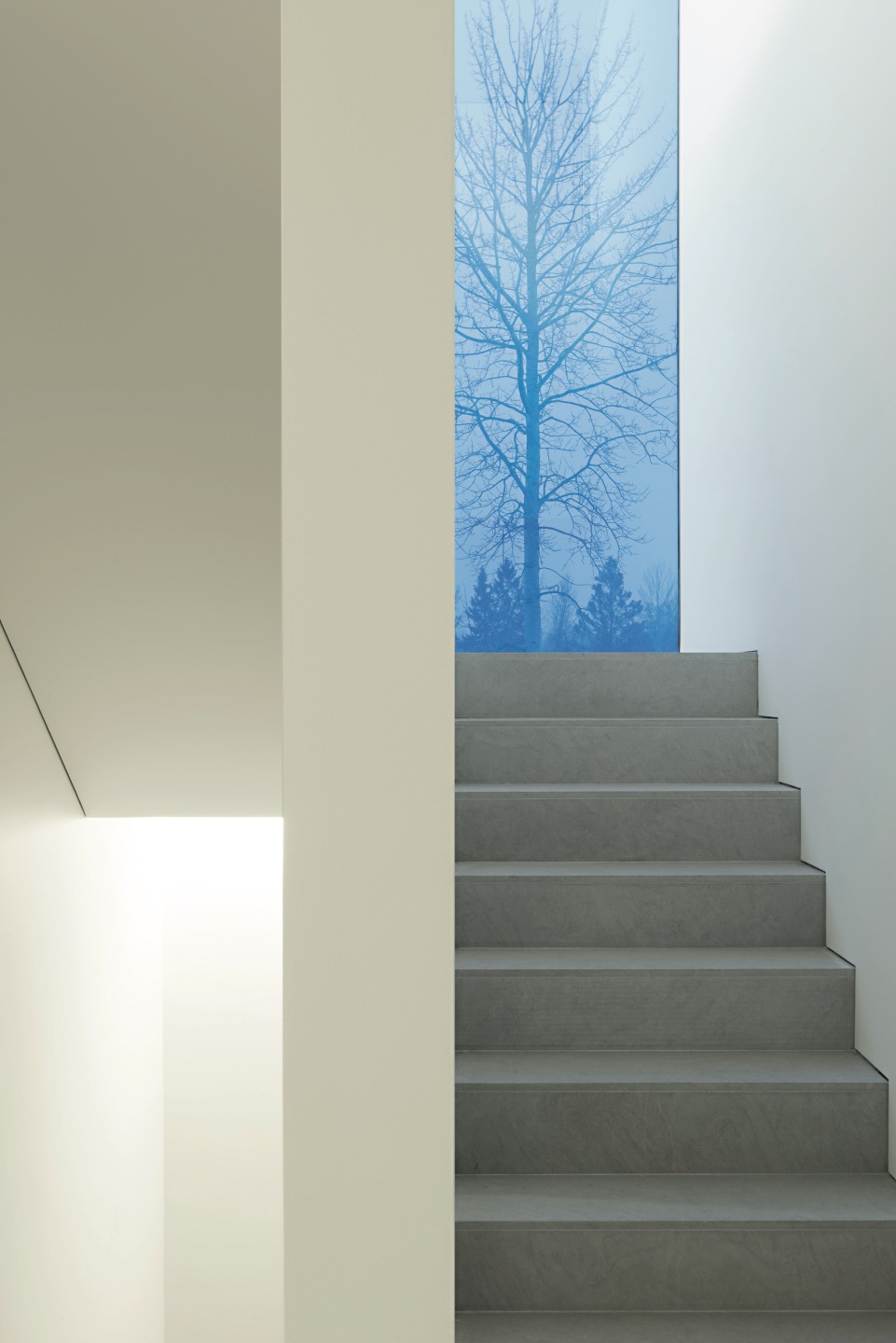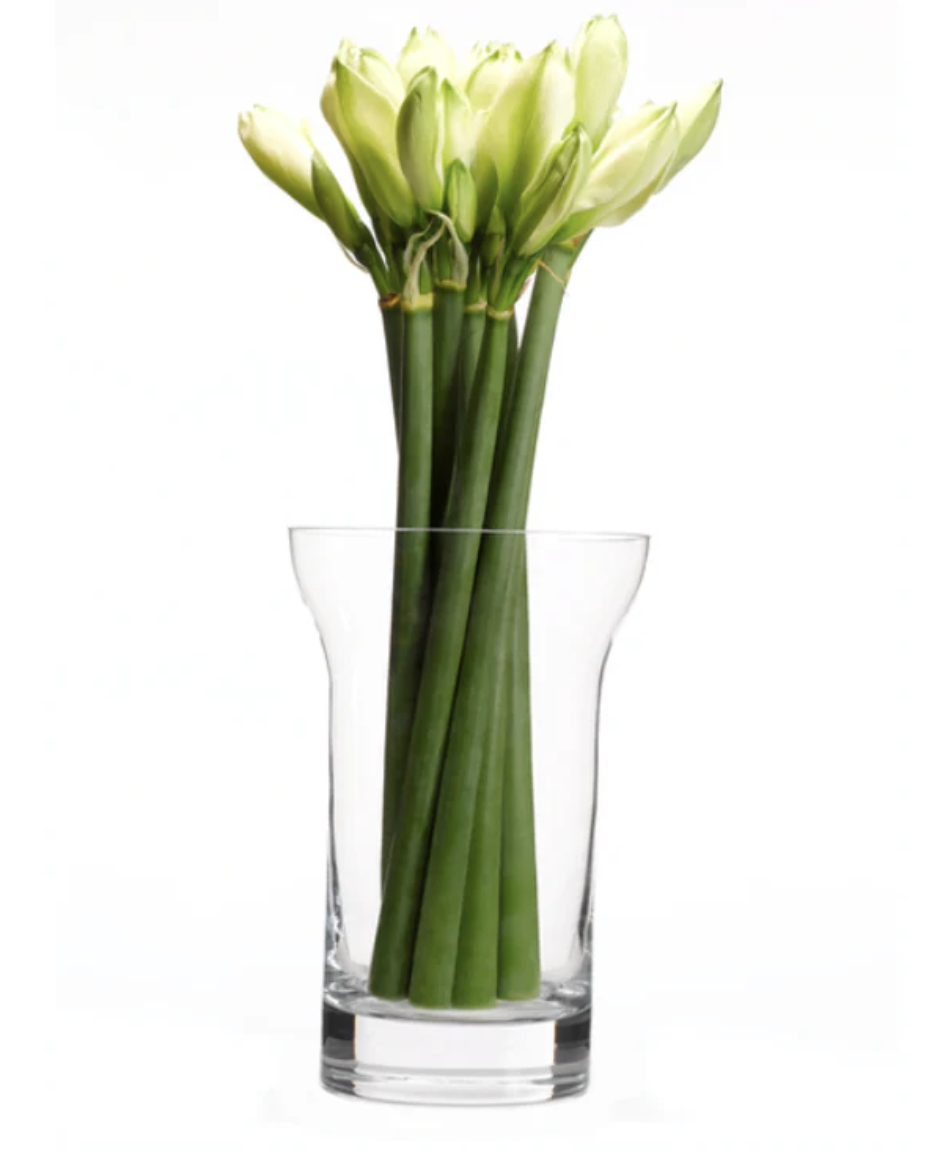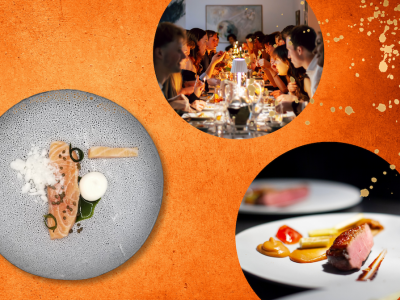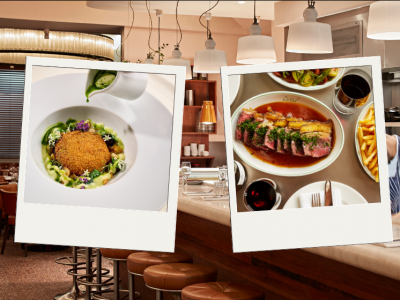John Pawson has long since given up trying to keep his design studio in the kind of spartan order he’d ideally prefer. “People say it’s very quiet but I find it full of action. There must be some outward appearance of calm,” says the British designer and architect, who’s
won global acclaim for his rational, simple, stripped-back aesthetic, counting Ian Schrager Hotels, Jil Sander, Cathay Pacific, the Royal Opera House and the new London Design Museum, plus many private residences and yachts, among his clients.
“When I started the office there were no books and all the surfaces were clear and white,” he adds. “Everybody had to keep their things very, very tidy. Even putting plans on the walls was problematic for me but as time went on it became apparent that it was impossible to control the team that way. They’re very good architects, but they’re not minimalists. What matters is the quality of the work. I have to keep saying that like a mantra just to remember what’s important.”
